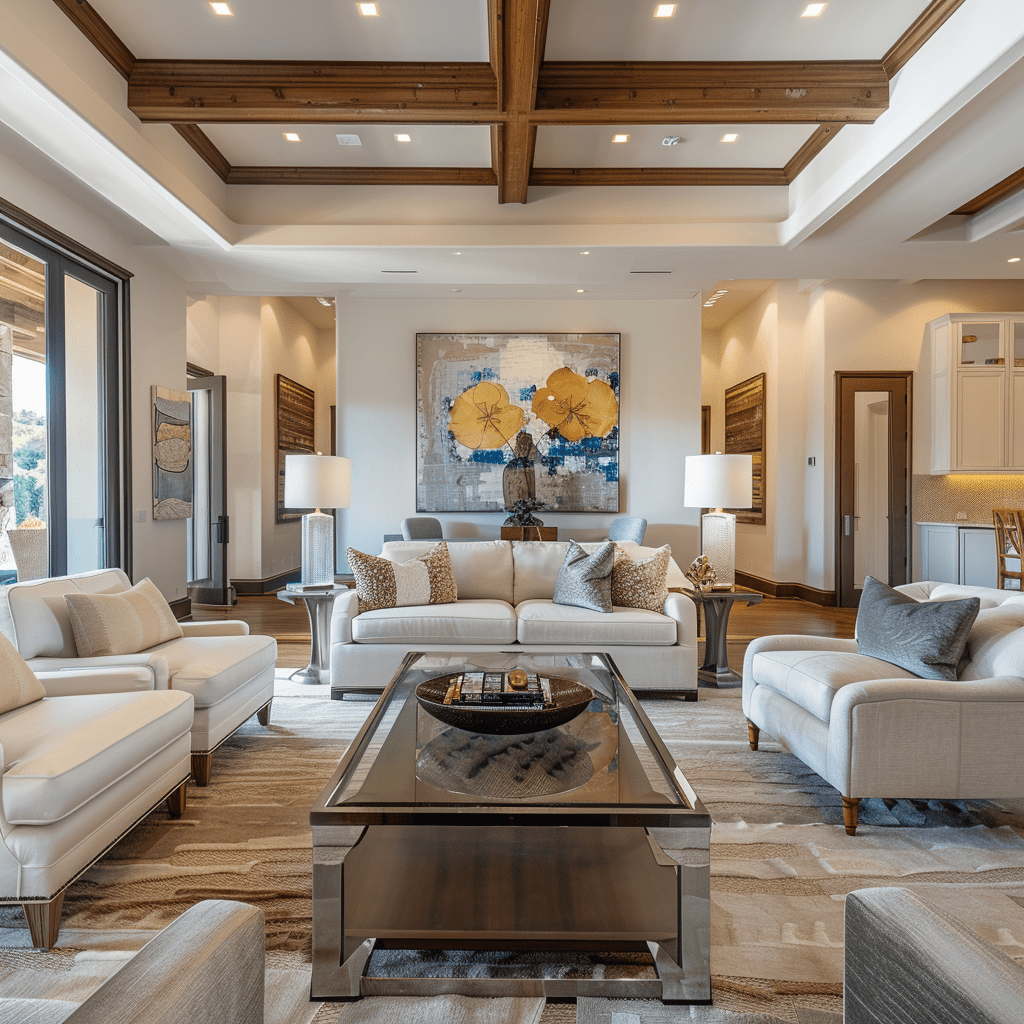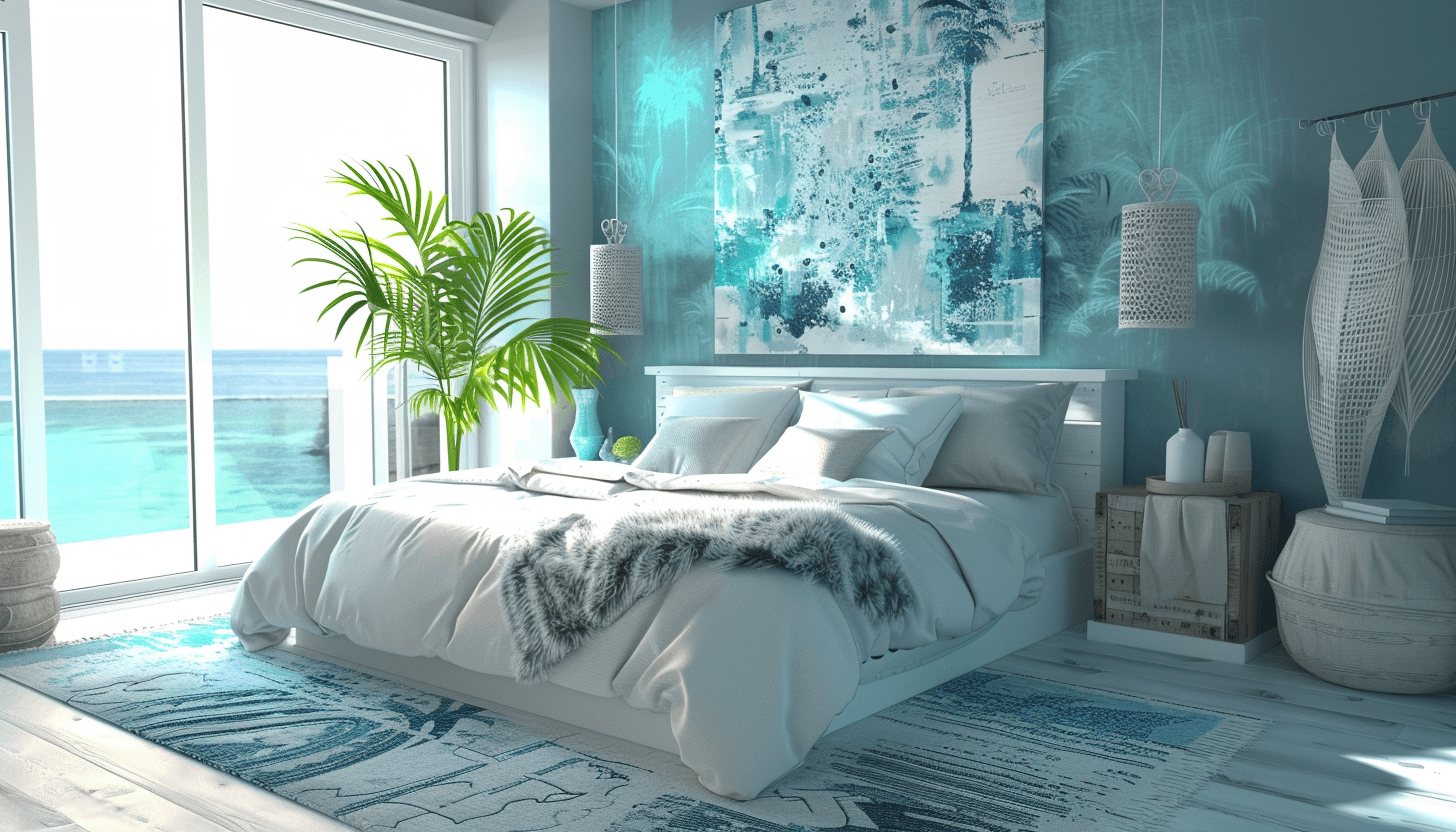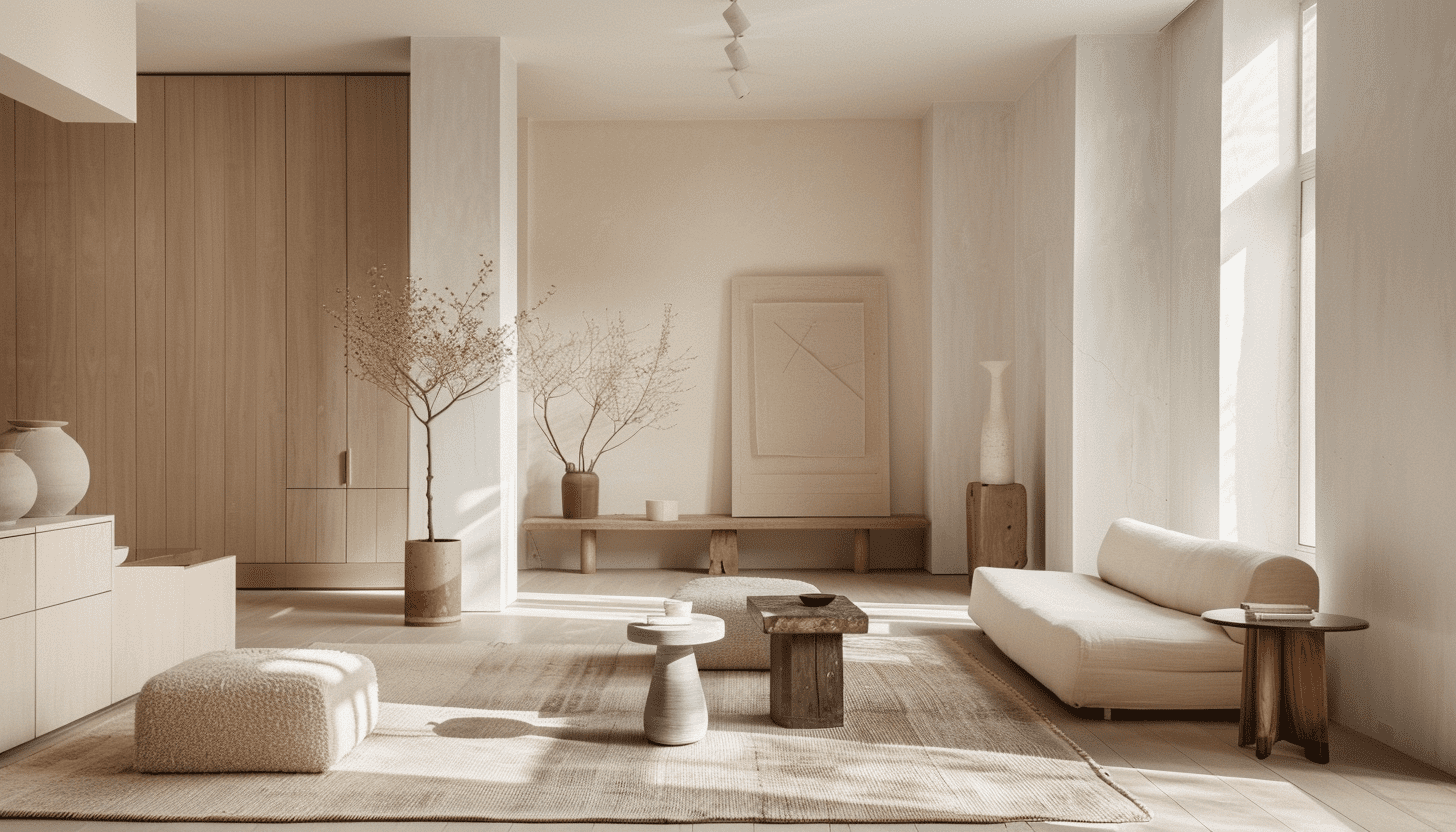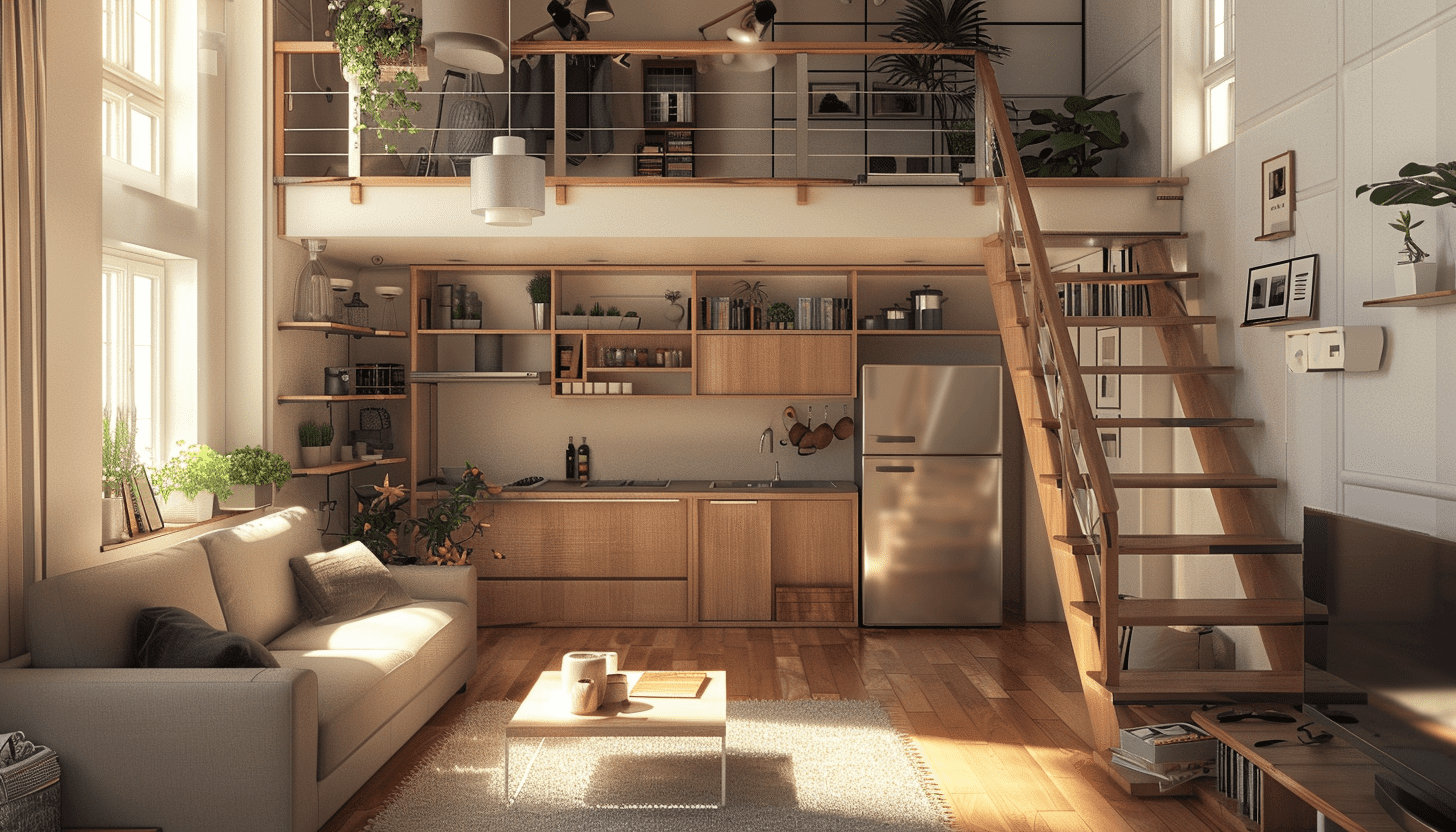The Heart of Your Home
The living room is often considered the heart of the home, a place for relaxation, entertainment, and social gatherings. If this central space feels “off,” it can impact the entire ambiance of your home. This comprehensive guide explores common issues that may disrupt the harmony of your living room and offers expert design solutions to create a more welcoming and balanced environment.
Understanding the Fundamentals of Living Room Design
Before diving into specific issues and solutions, it’s essential to grasp the fundamental principles that guide effective living room design:
- Balance and Proportion: The arrangement of furniture and decor needs to create visual balance and proportion relative to the size of the room.
- Functionality: The living room should be designed to accommodate the activities that take place there, whether it’s watching TV, hosting guests, or playing games.
- Comfort and Aesthetics: A perfect blend of comfort and style makes the living room inviting and visually appealing.
Common Issues and How to Solve Them
- Cluttered Space:
- Problem: Too much furniture or decor can make your living room feel cramped and chaotic.
- Solution: Opt for a minimalist approach. Remove unnecessary items and choose furniture with storage to keep the area tidy and open.
- Poor Lighting:
- Problem: Inadequate lighting can make your living room feel gloomy and uninviting.
- Solution: Integrate multiple light sources such as overhead lights, floor lamps, and table lamps to enhance the room’s functionality and set the right mood.
- Mismatched Furniture:
- Problem: An incoherent mix of furniture styles can disrupt the visual harmony.
- Solution: Stick to a consistent style or color palette. Consider reupholstering mismatched pieces to unify the room’s look.
- Incorrect Rug Size:
- Problem: Too small or too large rugs can distort the perception of space.
- Solution: Ensure the rug is the right size to anchor the seating area appropriately, typically with all furniture legs on the rug.
- Lack of Personal Touch:
- Problem: A room lacking personal elements may feel impersonal and sterile.
- Solution: Incorporate personal items like family photos, artwork, or collections that reflect your personality and make the space feel more connected to you.
Advanced Design Tips for a Cohesive Look
- Color Coordination:
- Use a cohesive color scheme to tie all elements of the room together. Choose a base color for the walls and complement it with accent colors in your furniture and decor.
- Furniture Placement:
- Arrange your furniture to promote conversation and interaction. Ensure there’s a comfortable flow of traffic without obstructions.
- Textural Contrast:
- Mix different textures in your upholstery, curtains, and rugs to add depth and interest. This variety can enhance the tactile and visual appeal of the space.
- Strategic Accessorizing:
- Less is often more. Choose a few impactful accessories, like a statement piece of art or a unique coffee table, to draw attention without overcrowding the space.
- Reflecting Lifestyle:
- Your living room should reflect your lifestyle. If you love movies, consider creating a cozy media zone with comfortable seating and adjustable lighting.
Transform Your Living Room into a Haven
By addressing the specific issues that make your living room feel “off,” and applying these expert design tips, you can transform your living space into a harmonious haven that perfectly balances functionality, comfort, and personal style. Remember, the most effective living room design is one that reflects your unique lifestyle and aesthetics, making your home truly yours.







